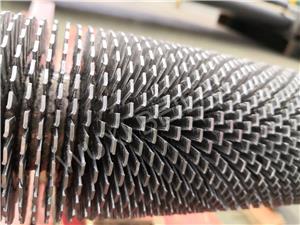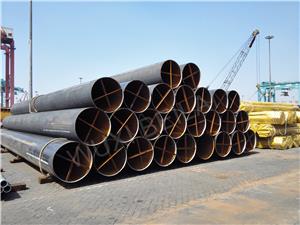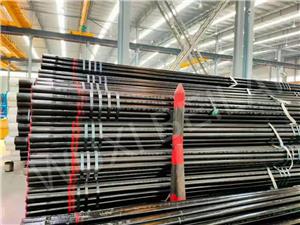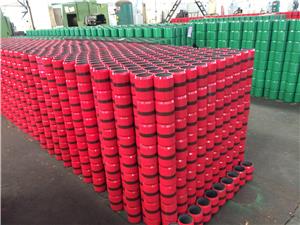Latest Procurement Trends in Oil & Gas Industry for Line Pipes
The oil and gas industry remains a significant driver of demand for line pipes, with ongoing advancements and evolving procurement strategies shaping the sector. As a leading line pipe supplier, BEILAI provides insight into the latest trends influencing purchasing decisions, including material preferences, technological innovations, sustainability concerns, and regional market dynamics.
1. Increasing Demand for High-Strength and Corrosion-Resistant Line Pipes
The growing complexity of oil and gas projects, particularly deepwater exploration and unconventional resource development, has led to a rising demand for high-strength and corrosion-resistant line pipes. Operators seek materials that can withstand extreme pressures, corrosive environments, and high temperatures. This trend has driven an increased preference for:
- API 5L X70, X80, and higher-grade line pipes for enhanced durability.
- Corrosion-resistant alloys (CRA) and stainless steel line pipes for offshore and sour gas applications.
- Advanced coatings and linings to extend pipeline longevity and reduce maintenance costs.
2. Shift Toward Digitally Enabled Procurement Processes
The oil and gas sector is embracing digital transformation in procurement, improving efficiency, cost control, and supply chain resilience. Key digital procurement trends include:
- E-procurement platforms streamlining supplier selection and reducing lead times.
- Blockchain-based supply chain tracking for enhanced transparency and security.
- AI-driven predictive analytics to optimize inventory management and demand forecasting.
3. Sustainability and ESG Compliance in Line Pipe Procurement
Environmental, Social, and Governance (ESG) considerations are playing an increasingly significant role in line pipe procurement. Companies are prioritizing suppliers that align with global sustainability goals. Notable trends include:
- Low-carbon steel production and increased use of recycled materials.
- Hydrogen-ready line pipes to support the transition to cleaner energy.
- Compliance with stricter environmental regulations, such as emissions reduction and carbon footprint monitoring.
4. Regional Market Dynamics and Supply Chain Challenges
Procurement trends vary by region based on geopolitical factors, energy policies, and infrastructure development.
- North America: Expansion of shale gas projects is driving demand for seamless line pipes with improved performance in harsh conditions.
- Middle East: Investments in pipeline infrastructure and LNG export projects fuel demand for large-diameter line pipes.
- Asia-Pacific: Rapid urbanization and industrialization lead to increased oil and gas transportation needs, creating a steady demand for both carbon steel line pipes and stainless steel line pipes.
- Europe: The shift toward renewable energy and hydrogen infrastructure is shaping procurement strategies.
5. Supply Chain Resilience and Localization Strategies
The oil and gas industry is adapting to global supply chain disruptions by focusing on:
- Diversification of suppliers to mitigate risks from geopolitical tensions and raw material shortages.
- Localization of manufacturing to reduce lead times and comply with local content regulations.
- Just-in-time (JIT) inventory strategies to balance cost efficiency with supply reliability.
6. Future Outlook for Line Pipe Procurement
As the oil and gas industry continues to evolve, procurement strategies for line pipes will be increasingly shaped by technological advancements, sustainability goals, and regional market conditions. BEILAI remains committed to providing high-quality carbon steel line pipes and stainless steel line pipes that meet the industry's latest standards and requirements.
For inquiries about BEILAI's line pipe solutions, contact us today to discuss your procurement needs.




